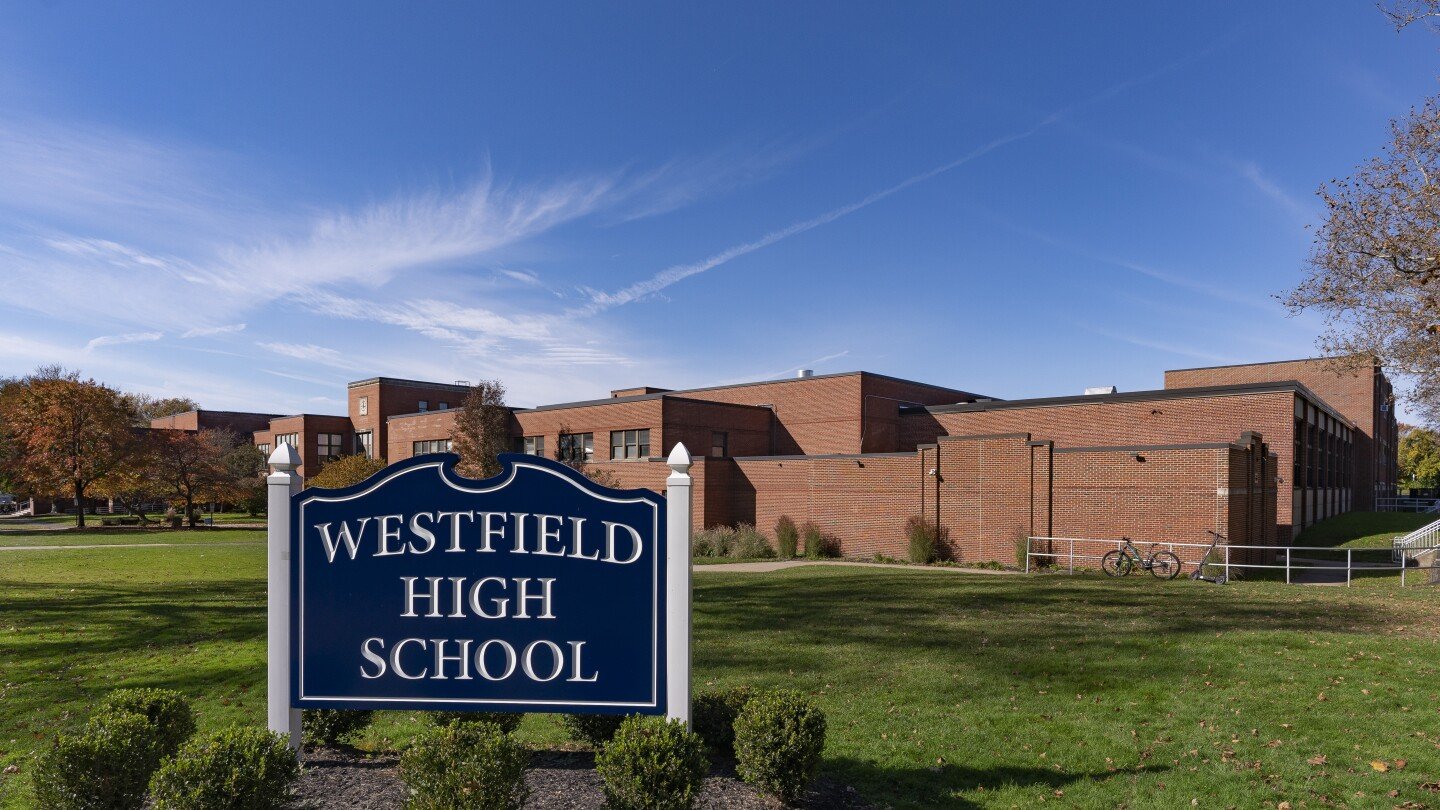A mother and her 14-year-old daughter are advocating for better protections for victims after AI-generated nude images of the teen and other female classmates were circulated at a high school in New Jersey.
Meanwhile, on the other side of the country, officials are investigating an incident involving a teenage boy who allegedly used artificial intelligence to create and distribute similar images of other students – also teen girls - that attend a high school in suburban Seattle, Washington.
The disturbing cases have put a spotlight yet again on explicit AI-generated material that overwhelmingly harms women and children and is booming online at an unprecedented rate. According to an analysis by independent researcher Genevieve Oh that was shared with The Associated Press, more than 143,000 new deepfake videos were posted online this year, which surpasses every other year combined.



I think that the point this comment is trying to make is that because it has become so easy to make these images, their existence is not very meaningful. All deep fakes are very realistic. You can’t tell fakes from originals.
Like as an adult, if I saw an “offensive” image of a co-worker, my first assumption would be that it’s probably AI generated, my first thought would be “which asshole made this image” rather than “I can’t believe my co-worker did [whatever thing]”.